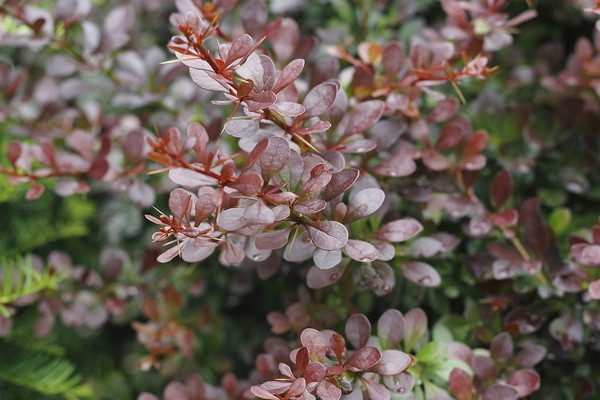
Gravel gardens, also known as rock gardens or dry gardens, are landscaping features that utilize gravel or crushed stone as the primary ground cover instead of traditional soil or turf. These gardens typically house a variety of drought-tolerant plants and are designed to mimic natural rocky environments.
In this article, we'll explore what gravel gardens are, their benefits, and how you can create one in your own outdoor space.
What Is a Gravel Garden?
A gravel garden is a type of garden that utilizes gravel or crushed stone as the main ground cover instead of traditional soil. These gardens often feature a variety of drought-tolerant plants that thrive in rocky, well-drained conditions. Gravel gardens can range in size from small rockeries to expansive landscapes and are popular for their low-maintenance and water-saving properties.
Benefits of Gravel Gardens
1. Low maintenance: Gravel gardens require minimal upkeep compared to traditional gardens, making them ideal for busy homeowners or those with limited gardening experience.
2. Affordable: Gravel is relatively inexpensive compared to soil, turf, or other landscaping materials, making gravel gardens a cost-effective option for outdoor landscaping projects.
3. Better drainage: The porous nature of gravel allows for excellent drainage, preventing waterlogging and reducing the risk of root rot and other water-related issues.
4. Saves water: Drought-tolerant plants combined with the well-drained nature of gravel gardens require less water than traditional gardens, helping to conserve water resources.
5. Does not require pesticides, fertilizers, or mowing: Gravel gardens are naturally resistant to weeds and pests, reducing the need for chemical pesticides and fertilizers. Additionally, the lack of turf means no mowing is required, further lowering maintenance needs.
6. Provides habitat for local wildlife: Gravel gardens can attract a variety of beneficial insects, birds, and other wildlife, providing essential habitat and contributing to biodiversity in your outdoor space.
How To Make a Gravel Garden
1. Prep Your Site: Clear the area of existing vegetation and weeds, then level the ground and remove any debris or rocks.
2. Pick A Mixture Of Native and Non-Native Plants: Choose a selection of plants that thrive in dry, well-drained conditions, including both native and non-native species.
3. Put The Plants In and Cover the Root System With Gravel: Plant your chosen species directly into the gravel, ensuring the root system is covered with a layer of gravel to provide stability and retain moisture.
4. Water When Required: Water newly planted specimens until they are established, then water as needed based on the water requirements of the selected plants.
By following these steps, you can create a beautiful and sustainable gravel garden that adds visual interest and texture to your outdoor space.
© 2025 Realty Today All rights reserved. Do not reproduce without permission.



